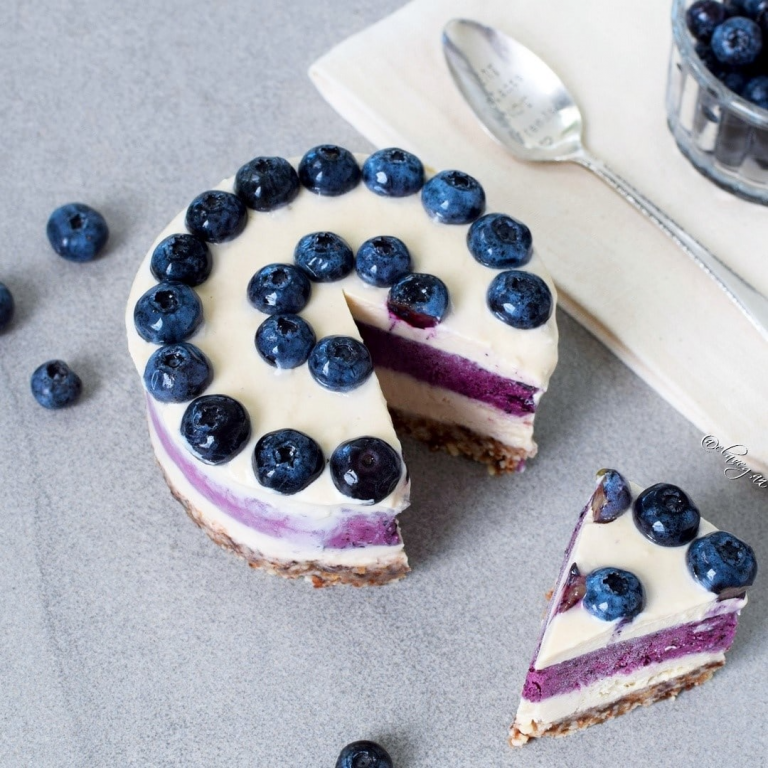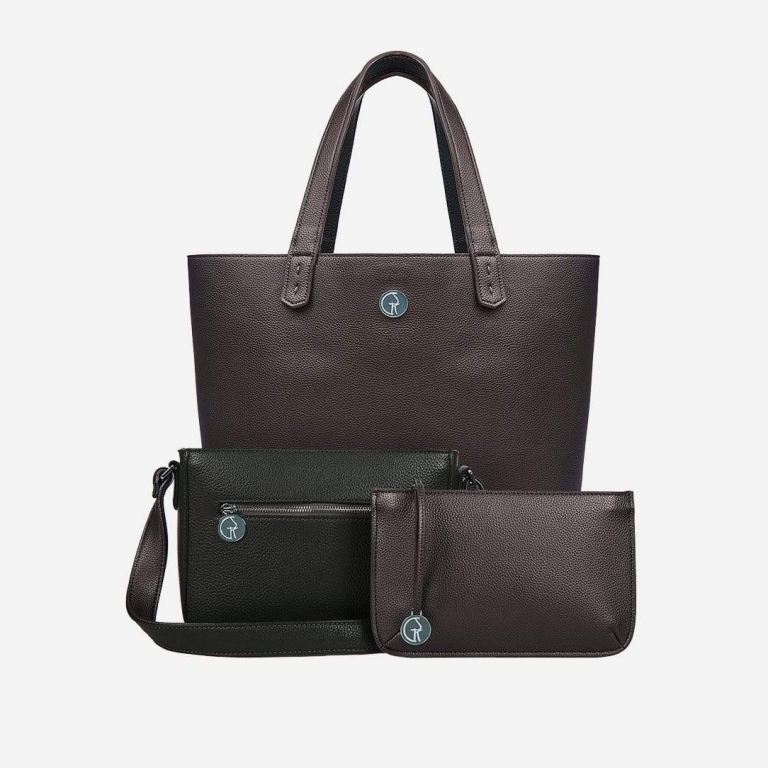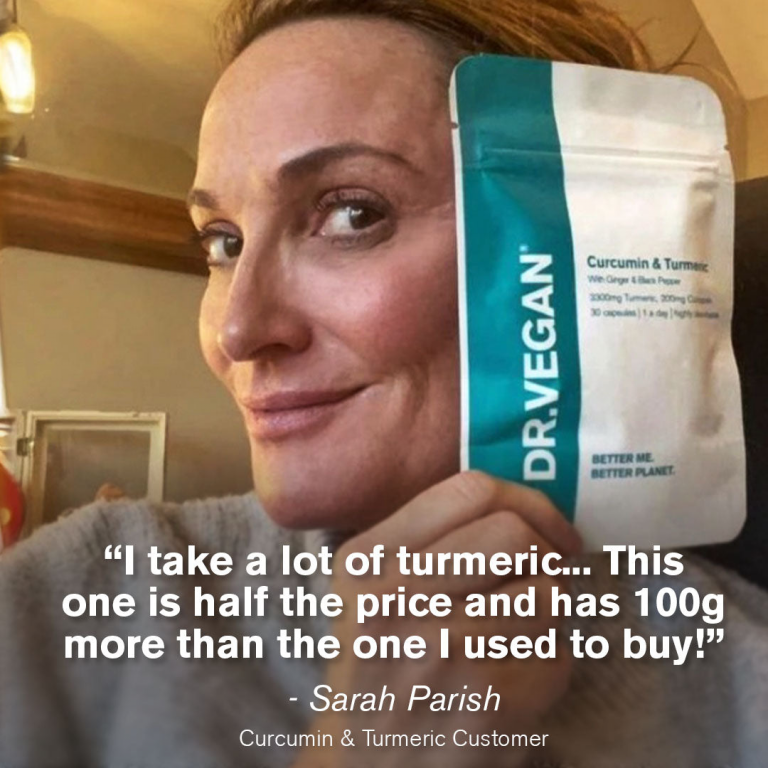
Dull patches, flaky cheeks, that waxy feel after a long day. Everyday skin can look tired fast. Many reach for strong scrubs, only to end up with redness or tightness. There is a simpler path. Natural loofah scrubs, made from the dried fibres of the luffa gourd, offer a gentle yet thorough cleanse.
A loofah is a plant-based sponge, not plastic. It is renewable, biodegradable, and kind on the skin when used correctly. The fibres lift away dead cells, clear surface oil, and help your cleanser work better, all without harsh chemicals.
These natural loofah body scrubs (use code ENGLANDNAT10 for 10% discount) are made from a biodegradable plant (related to cucumber) that is ideal to exfoliate skin without chemicals or plastic.
Before first use, soak for a few minutes until the sponge becomes soft. It’s important to leave loofahs to dry in an airy place, to prevent mould.
After three to four months of use, just cut up and compost or bin to naturally biodegrade. The loofahs are blended with leftover organic cotton made for other products.
These loofahs are handmade alongside an organisation that helps support Burmese refugees on the Thai-Myanmor border, so your purchase makes an impact beyond the bathroom.
This guide sets out the real benefits of natural loofah scrubs. Expect smoother skin, fewer breakouts, and a healthy glow. You will also see how they support a low-waste bathroom and a more mindful routine. Think of it as a small switch with a generous payoff.
Achieve Smoother, Healthier Skin
Natural loofahs are fibrous, porous, and absorbent, which makes them ideal for mild exfoliation. The texture removes dead cells that make skin look dull, of which there are many at the surface by the end of each day. When that layer lifts, skin looks brighter and feels softer to the touch.
The massage effect is a bonus. Light scrubbing boosts local blood flow, which can reduce morning puffiness and add a fresh, rested look. It works a bit like polishing wood, you reveal the grain without scratching it. The key is a soft, steady motion, not a hard scrub.
Correct use matters. Soak the loofah in warm water for a minute to soften the fibres. Pair it with a mild, pH-balanced soap or a fragrance-free body wash. Use short, circular strokes, then rinse well. For the face, choose a smaller, finer loofah pad and keep the pressure light.
Different skin types benefit in different ways:
- Dry skin: Gentle exfoliation helps lotions absorb, easing tightness.
- Oily skin: Clearing dead cells reduces clogged pores and surface shine.
- Combination skin: Target the T-zone more often, and keep cheeks light.
- Sensitive skin: Use less pressure and fewer passes, and avoid active breakouts.
With regular use, many notice fewer ingrown hairs on legs and underarms, and fewer rough spots on elbows and heels. Backed by basic skin science, removing dead cells reduces pore blockage. That often means fewer blackheads and a smoother canvas for daily care.
A quick rinse after use keeps the loofah clean. Squeeze out excess water and hang it to dry in a bright, airy spot. A fresh, dry loofah is gentle, while a damp, forgotten one can become harsh over time.
Boost Product Absorption and Reduce Acne
Clear pores act like open doors for skincare. Once you remove the dead cell layer, moisturisers and serums reach where they need to go. You feel the difference right away, creams sit better and sink in faster.
Regular exfoliation also helps with acne. It removes excess oil and debris without stripping the skin’s natural oils. Clean pores leave less space for bacteria to thrive. Set a steady routine, two to three times a week suits most people. Many dermatology guides agree that consistent, mild exfoliation supports a clearer, calmer complexion.
If your skin tingles too much, you are pressing too hard. Reduce pressure, not frequency. The goal is smooth, never sore.
Enhance Circulation for a Refreshed Look
The gentle scrubbing motion stimulates tiny blood vessels near the skin’s surface. Better flow brings oxygen and nutrients to cells, which helps them renew. The result is a natural glow that no highlighter can fake.
Warm water supports this effect. Let the shower run for a minute, then scrub in upward strokes. Picture a simple spa session at home. Over time, this routine can reduce the look of dull areas and help even out tone. It will not replace sleep, but it can take the edge off dark circles and morning puffiness around the face and neck.
Embrace Eco-Friendly Bathing
Loofahs grow on vines like cucumbers. When dried, the inner structure becomes a springy, plant-based sponge. That simple origin is the heart of their sustainability. They are fully biodegradable, so they do not add to plastic waste from synthetic bath puffs or sponges.
Choosing a natural loofah is a quiet vote for better habits. It supports farms that grow a renewable crop and reduces demand for plastic production. Over time, that shift lowers your household waste and lightens your carbon footprint. Small choices add up when made daily.
Natural loofahs also offer good value. With proper care, a body-sized loofah can last several months. Rinse well after each use, squeeze out water, and let it air-dry. Once a week, soak it for a few minutes in a warm water and vinegar mix, then dry it fully. Replace it when the fibres feel soft or frayed, or if you notice any odour.
The feel-good factor is real. There is something honest about a product that looks and acts like what it is, a simple plant fibre that gets the job done. Clean skin, a cleaner bathroom shelf, and fewer plastics in the bin. That is a win for both wellness and the wider environment.
Practical care tips for longer life:
- Hang to dry in a bright, ventilated space.
- Avoid storing in a closed, damp shower caddy.
- Use separate loofahs for face and body.
- Do not share loofahs to reduce cross-contamination.
Say Goodbye to Harmful Chemicals and Plastics
Many natural loofahs come without synthetic dyes, foaming agents, or preservatives. That means fewer irritants down the drain and less risk for reactive skin. Plastic bath puffs can shed microplastics that enter waterways, then sit in landfills at the end of their life. A plant sponge breaks down instead.
Plastic loofahs also tend to trap residue between thin meshes. Natural loofahs have open, easy-to-rinse fibres. The luffa gourd grows in warm, tropical and subtropical regions, and the dried sponges come from renewable harvests. For sensitive users, this purity offers peace of mind.
Support Global Sustainability Efforts
Buying natural loofahs can support smallholder farmers and local co-ops. Many growers cultivate luffa alongside other crops, which promotes diverse planting and sensible land use. That choice helps rural incomes while encouraging eco-friendly practices.
Loofahs are also versatile:
- For the body, use a large sponge or back scrubber.
- For the face, pick a soft, thin pad.
- For the home, keep a separate loofah for gentle dish cleaning.
A single plant product, many everyday uses. Thinking long term, small swaps like this build a more resourceful home, one simple tool at a time.






